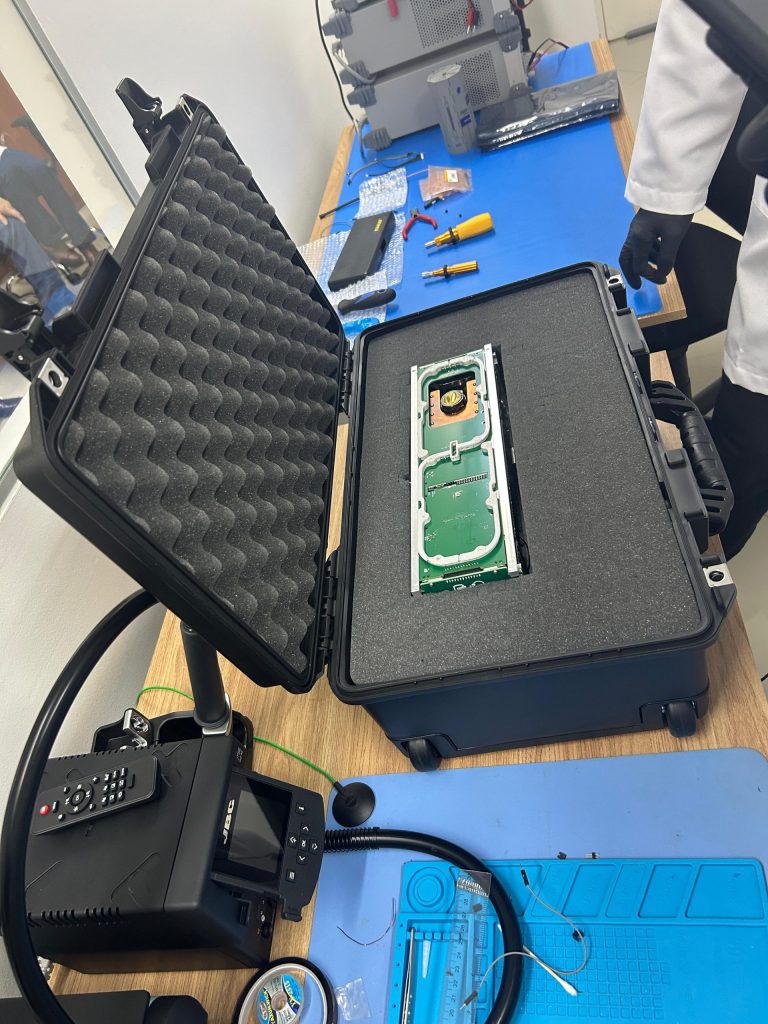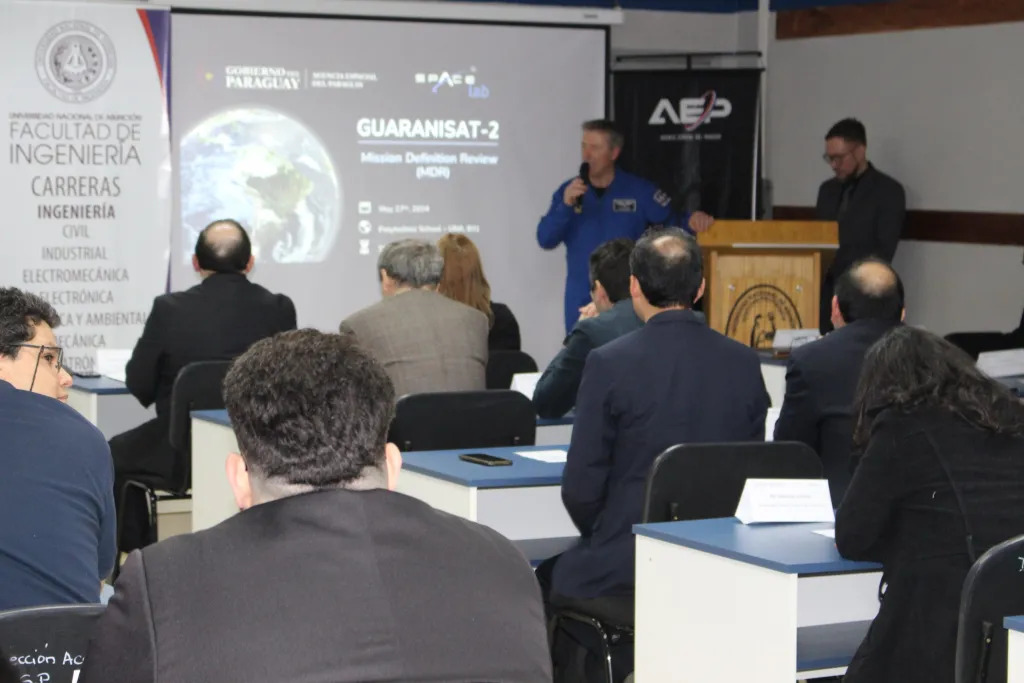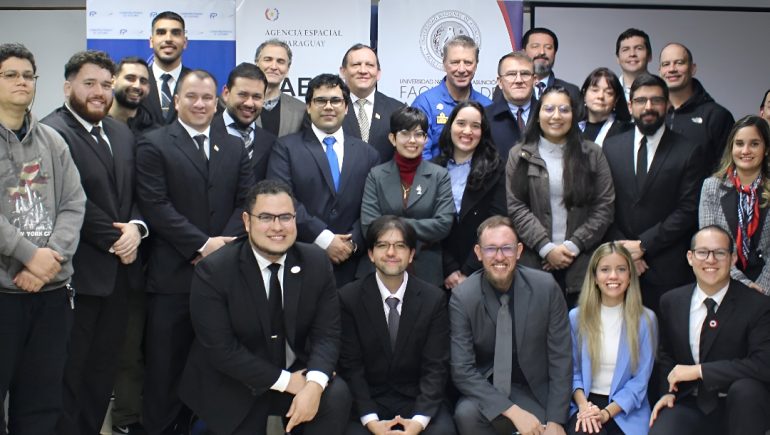Paraguay’s second satellite, GuaraníSat-2, has successfully completed rigorous environmental testing at Japan’s Kyushu Institute of Technology. The two-month testing phase marks a crucial step for Paraguay’s first entirely homegrown satellite.
Engineers from Paraguay’s Space Agency confirmed that the satellite passed critical resistance tests simulating the harsh conditions of space. Testing included vibration assessments replicating rocket launches, vacuum environment simulations, and exposure to extreme temperature variations.
Enhanced capabilities through global partnerships

GuaraníSat-2 builds on this foundation by incorporating advanced technologies for environmental monitoring, agricultural assessment, and communications. Unlike its predecessor, GuaraníSat-1 developed with Japanese support, this satellite represents a fully national effort.
The new satellite builds upon its predecessor’s Chagas disease research, which will be repeated and refined using improved capabilities. GuaraníSat-2 incorporates cutting-edge technology through collaboration with NASA’s Jet Propulsion Laboratory, featuring a high-resolution camera system with a mini-computer component similar to that used in Mars’ mini-helicopter.
The satellite’s missions are divided into national and international categories. According to Adolfo Jara, General Coordinator of the Paraguay to Space Phase II project, national missions include developing artificial intelligence-powered image classification units, monitoring the South Atlantic Anomaly, and testing programmable logic devices.
Navigating launch complexities
The engineering model will return to Paraguay for further refinement, but establishing a precise launch date remains a challenge. The licensing process alone can take up to a year, whilst environmental factors such as adverse weather can significantly affect timelines.
“We cannot establish an exact launch date far in advance,” explained project officials. Progress continues towards an anticipated launch by the end of 2025.
Professional development and practical applications

Paraguay’s Space Agency has established two aerospace observation laboratories and remote sensing systems. The agency is focused on creating professional opportunities that benefit citizens through the practical application of space technology.
One technician described experiencing “a radical change in professional career” through training programmes with NASA, the European Space Agency, and Japan’s space agency experts. The satellite’s agricultural monitoring capabilities will enable crop status assessment and yield prediction, directly benefiting Paraguay’s agricultural sector.
Beyond technical development, the agency is also investing in public outreach. Less than a year ago, they started a new television programme, Espacio PY, which aims to raise awareness about national space efforts. This educates viewers on the importance of space science.
Emerging space power
GuaraníSat-2 represents Paraguay’s commitment to advancing scientific knowledge and fostering international collaboration. The satellite’s success will consolidate Paraguay’s position as an emerging space power, demonstrating how smaller nations can make significant contributions to global space exploration.



